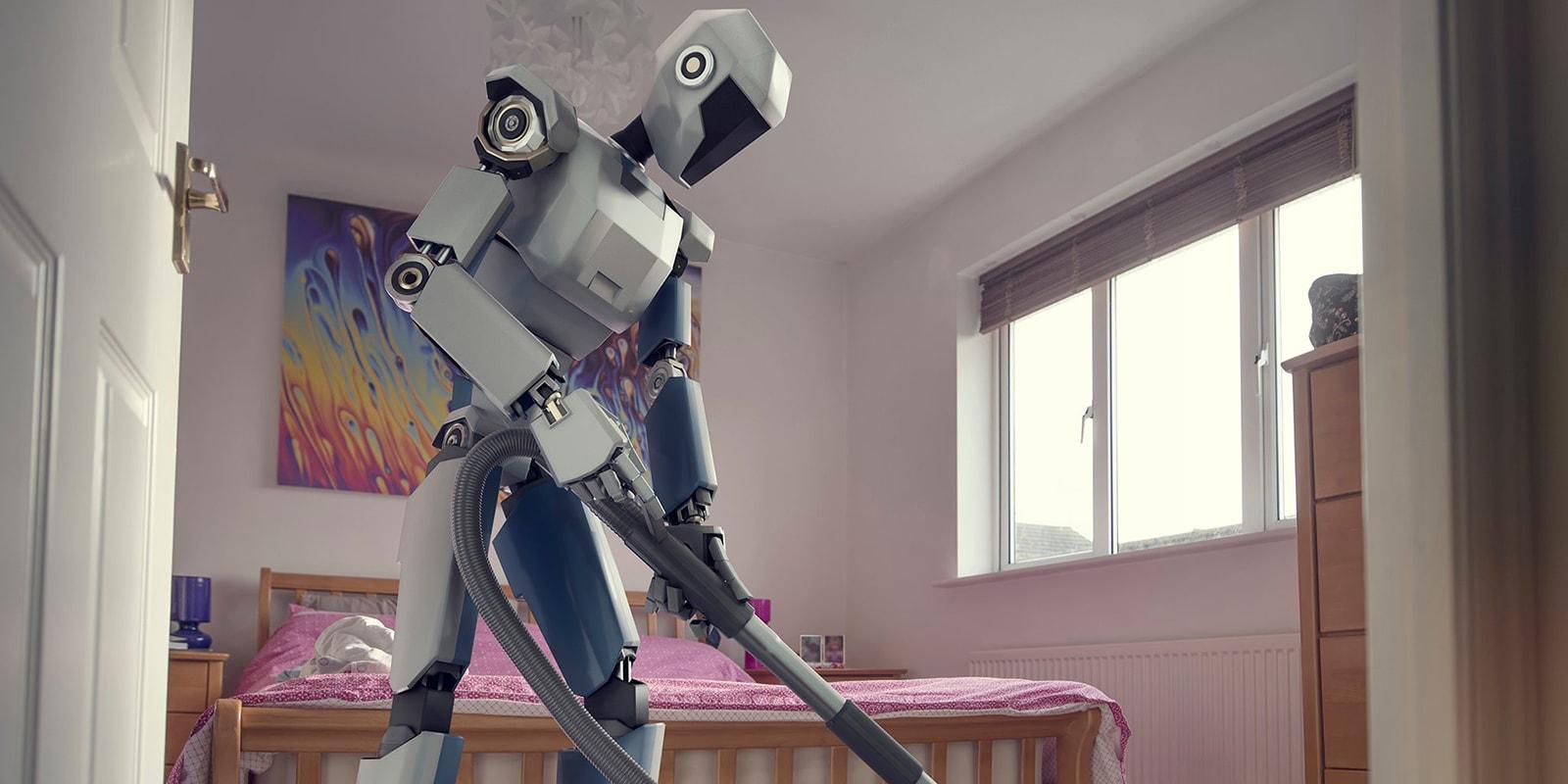
Robot disappears after robot
What awaits us cannot be called unemployment. Why? Because there will be no shortage of robots!
When we hear about a robot replacing a journalist at the AP agency, we are less shocked by various previous visions of automatic trucks in convoys, vending machines for the elderly, the sick and children instead of nurses and kindergarten teachers, bypass mail robots instead of postmen. , or systems of ground and air drones on the roads instead of traffic police. What about all these people? With drivers, nurses, postmen and policemen? Experience from an industry such as the automotive industry shows that robotization of work does not completely eliminate people from the factory, because supervision or maintenance is needed, and not all work can be done (yet) by machines. But what will happen next? This is not clear to everyone.
The opinion that the development of robotics will lead to an increase in unemployment is quite popular. However, according to an International Federation of Robotics (IFR) report published a few months ago, industrial robots have already created almost 10 million jobs, and robots will create between 2 and 3,5 million new jobs over the next seven years. worldwide.
The authors of the report explain that robots do not so much take work as free people from monotonous, stressful or simply dangerous activities. After the transition of the plant to robotic production, the demand for skilled human labor does not disappear, but grows. Only the least skilled workers will suffer. Dr Carl Frey of the University of Oxford, in The Future of Employment, published shortly after the aforementioned study, predicts that 47% of jobs are at serious risk of disappearing due to "job automation". The scientist was criticized for exaggeration, but he did not change his mind. A book called "The Second Machine Age" by Erik Brynjolfsson and Andrew McAfee (1), who write about the growing threat to low-skill jobs. “Technology has always destroyed jobs, but it also created them. This has been the case for the last 200 years,” Brynjolfsson said in a recent interview. “However, since the 90s, the ratio of employed persons to the total population began to decline rapidly. Government agencies should take this phenomenon into account when conducting economic policy.”
Microsoft founder Bill Gates also recently joined the group to bring big change to the job market. In March 2014, at a conference in Washington, he said that in the next 20 years, many jobs will disappear. “Whether we are talking about drivers, nurses or waiters, technological progress is already underway. Technology will eliminate the need for jobs, especially less complex ones (…) I don’t think people are ready for this,” he said.
To be continued subject number You will find in the September issue of the magazine.

